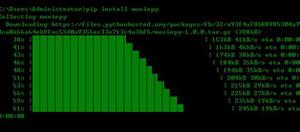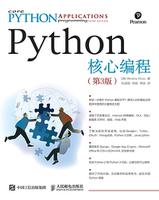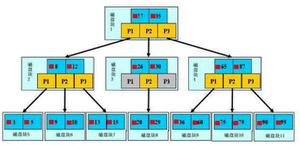Python实现AES加密,解密的两种方法
第一种
import base64
from Crypto.Cipher import AES
# 密钥(key), 密斯偏移量(iv) CBC模式加密
def AES_Encrypt(key, data):
vi = '0102030405060708'
pad = lambda s: s + (16 - len(s) % 16) * chr(16 - len(s) % 16)
data = pad(data)
# 字符串补位
cipher = AES.new(key.encode('utf8'), AES.MODE_CBC, vi.encode('utf8'))
encryptedbytes = cipher.encrypt(data.encode('utf8'))
# 加密后得到的是bytes类型的数据
encodestrs = base64.b64encode(encryptedbytes)
# 使用Base64进行编码,返回byte字符串
enctext = encodestrs.decode('utf8')
# 对byte字符串按utf-8进行解码
return enctext
def AES_Decrypt(key, data):
vi = '0102030405060708'
data = data.encode('utf8')
encodebytes = base64.decodebytes(data)
# 将加密数据转换位bytes类型数据
cipher = AES.new(key.encode('utf8'), AES.MODE_CBC, vi.encode('utf8'))
text_decrypted = cipher.decrypt(encodebytes)
unpad = lambda s: s[0:-s[-1]]
text_decrypted = unpad(text_decrypted)
# 去补位
text_decrypted = text_decrypted.decode('utf8')
return text_decrypted
key = '0CoJUm6Qyw8W8jud' #自己密钥
data = 'sdadsdsdsfd' #需要加密的内容
AES_Encrypt(key, data)
enctext = AES_Encrypt(key, data)
print(enctext)
text_decrypted = AES_Decrypt(key, enctext)
print(text_decrypted)
第二种
#!/usr/bin/env python
#encoding=‘utf-8'
from Crypto.Cipher import AES
from binascii import b2a_hex, a2b_hex
from Crypto import Random
class PrpCrypt(object):
def __init__(self, key):
self.key = key.encode('utf-8')
self.mode = AES.MODE_CBC
self.iv = Random.new().read(AES.block_size)
# 加密函数,如果text不足16位就用空格补足为16位,
# 如果大于16当时不是16的倍数,那就补足为16的倍数。
def encrypt(self, text):
text = text.encode('utf-8')
cryptor = AES.new(self.key, self.mode,self.iv)
# 这里密钥key 长度必须为16(AES-128),
# 24(AES-192),或者32 (AES-256)Bytes 长度
# 目前AES-128 足够目前使用
length = 16
count = len(text)
if count < length:
add = (length - count)
# \0 backspace
# text = text + ('\0' * add)
text = text + ('\0' * add).encode('utf-8')
elif count > length:
add = (length - (count % length))
# text = text + ('\0' * add)
text = text + ('\0' * add).encode('utf-8')
self.ciphertext = cryptor.encrypt(text)
# 因为AES加密时候得到的字符串不一定是ascii字符集的,输出到终端或者保存时候可能存在问题
# 所以这里统一把加密后的字符串转化为16进制字符串
return b2a_hex(self.ciphertext)
# 解密后,去掉补足的空格用strip() 去掉
def decrypt(self, text):
cryptor = AES.new(self.key, self.mode, self.iv)
plain_text = cryptor.decrypt(a2b_hex(text))
# return plain_text.rstrip('\0')
return bytes.decode(plain_text).rstrip('\0')
if __name__ == '__main__':
pc = PrpCrypt('0CoJUm6Qyw8W8jud') # 初始化密钥
data = input("请输入待加密数据:")#
e = pc.encrypt(data) # 加密
d = pc.decrypt(e).encode() # 解密
print("加密:", e)
print("解密:", d)
以上是 Python实现AES加密,解密的两种方法 的全部内容, 来源链接: utcz.com/z/341612.html






